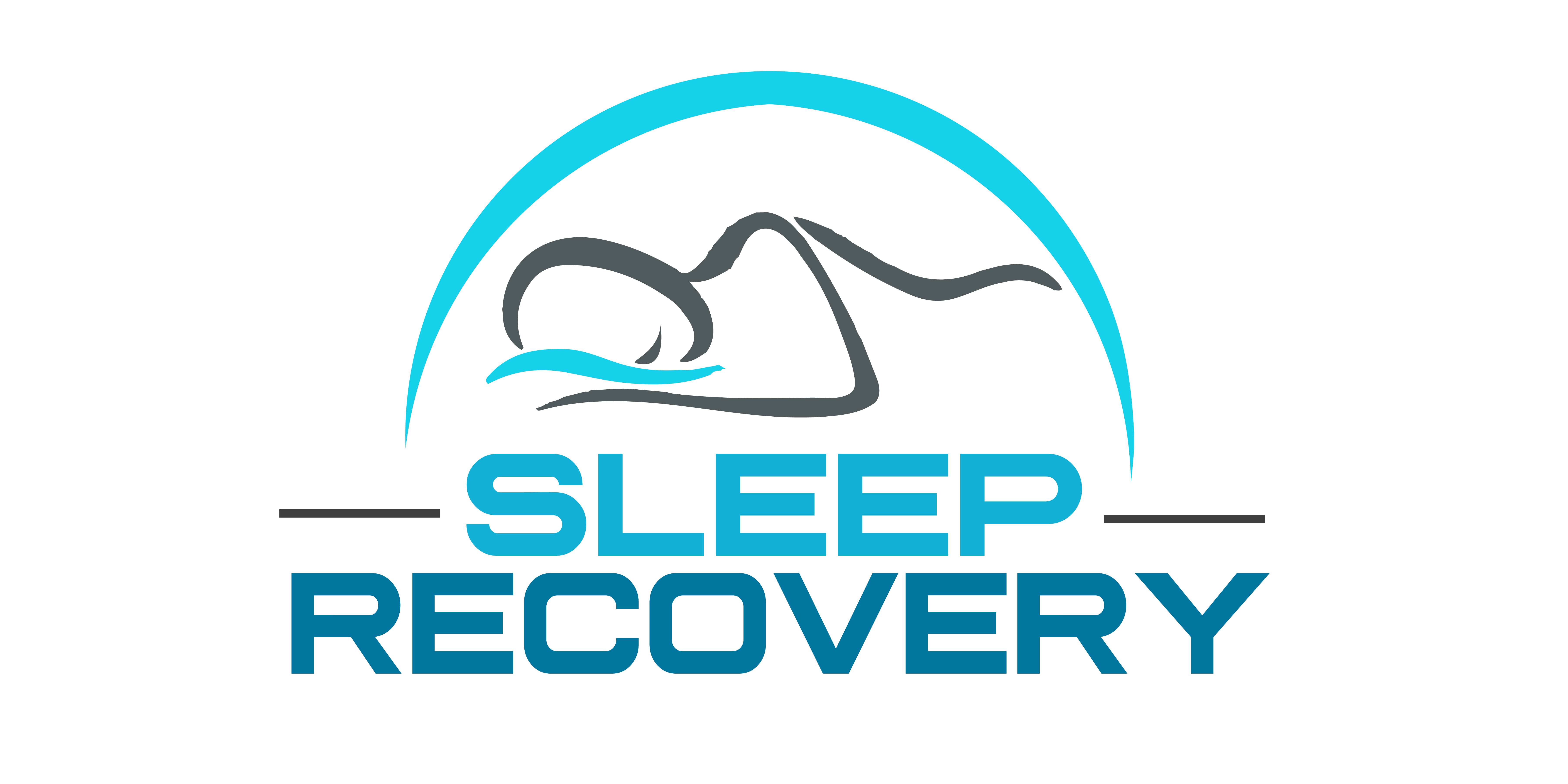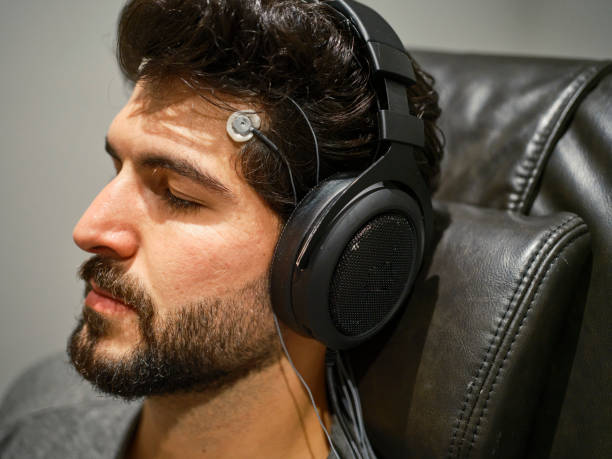CBTi Didn’t Work for Me: What’s Next?

CBTi Didn’t Work for Me: What’s Next?
The full spectrum of insomnia treatments available in 2025 reveals a compelling paradox: while Cognitive Behavioral Therapy for Insomnia (CBTi) offers hope for many, those with chronic sleep disruption often find themselves trapped in the gap between repurposed therapy techniques and boots-on-the-ground reality. Modern sleep science reveals why some individuals’ path toward restful sleep requires a more nuanced, integrated approach.
Understanding CBTi’s Strengths
CBTi’s evidence-based protocols demonstrate significant efficacy for mild to moderate insomnia, mainly when sleep disruption stems primarily from behavioral patterns or acute stress responses. Research indicates:
- 70-80% success rate for situational insomnia
- Significant improvement in sleep onset latency
- Enhanced sleep efficiency for moderate cases
- Reduced dependence on sleep medications
- Improved daytime functioning
Dr. Jeffrey Rossman explains: “CBTi provides excellent tools for reshaping sleep behaviors and managing sleep-related anxiety. However, when insomnia becomes chronic, we often see underlying neurological patterns that behavioral interventions alone struggle to ameliorate.”
The Chronic Insomnia Challenge
For those battling chronic insomnia, the efficacy statistics tell a different story:
- 40-50% show limited response to CBTi alone
- High relapse rates after initial improvement
- Persistent sleep architecture disruption
- Continued anxiety patterns despite behavioral change
- Resistant circadian rhythm realignment
Bio-Electrical Reality
Advanced EEG studies reveal why chronic insomnia often resists purely behavioral interventions. This condition may consist of both behavioral and brainwave anomalies. These may include:
- Elevated beta activity during rest periods
- Disrupted alpha-theta transitions
- Irregular delta wave production
- Compromised sleep spindle generation
These neurological patterns can perpetuate sleep disruption even when optimal sleep behaviors are established, creating a frustrating cycle for patients and practitioners.
The Neurofeedback Bridge
Amplitude-based neurofeedback (ABN) offers a sophisticated approach to addressing these underlying neurological patterns. By directly targeting brainwave instabilities, ABN can:
- Normalize irregular EEG patterns
- Reduce hyperarousal states
- Strengthen natural sleep architecture
- Improve autonomic nervous system regulation
Dr. Jefferey Wilson, PhD, a neurofeedback specialist, notes: “When we stabilize these fundamental brain patterns, many patients find CBTi techniques suddenly become more effective. It’s like clearing static from a radio signal—the message can finally get through.”
The Integration Advantage
Combining ABN with CBTi creates a synergistic approach that addresses both neurological and behavioral aspects of chronic insomnia:
Neurological Optimization
- Direct regulation of brain wave patterns
- Reduced anxiety-related neural firing
- Enhanced circadian rhythm stability
- Improved sleep stage transitions
Behavioral Reinforcement
- Structured sleep scheduling
- Stimulus control techniques
- Sleep hygiene optimization
- Cognitive restructuring
Research indicates this combined approach can:
- Reduce time to improvement by 40-60%
- Increase overall success rates to 85%
- Enhance long-term stability of results
- Decrease relapse rates significantly
Personal Transformation Stories
Roberta’s Journey:
After nine months of CBTi with limited success, Roberta discovered the integrated approach. “CBTi gave me good tools, but my brain couldn’t use them effectively. Once neurofeedback helped stabilize my brain patterns, the CBTi techniques finally clicked. Within one month, I experienced my first consistent sleep in years.”
Michael’s Recovery:
A technology executive with chronic insomnia, Michael initially resisted anything beyond CBTi. “I wanted a purely psychological solution, but my sleep continued deteriorating despite perfect sleep hygiene. Adding neurofeedback transformed my experience. The combination helped me achieve what neither approach could accomplish alone.”
Frequently Asked Questions
How long does the combined treatment take? Most patients see initial improvements within 8-12 weeks, with optimal results typically achieved in 4-6 months. This timeline often proves shorter than attempting either treatment alone.
Can I continue CBTi while starting neurofeedback? Yes, and it’s often recommended. The treatments complement each other, with neurofeedback making CBTi techniques more effective as brain patterns stabilize.
Will insurance cover this combined approach? Coverage varies by provider. While CBTi typically receives coverage, neurofeedback coverage depends on your specific plan. Many practitioners accept Flex and FHS accounts and offer plans or affordable financing.
What if I’ve tried everything else already? The combined approach often succeeds where other treatments have failed because it addresses both neurological and behavioral aspects of chronic insomnia.
The Science of Success
Research reveals why this integrated approach proves particularly effective:
Sleep Architecture Improvement
- 60-90 minutes of restored deep sleep
- Normalized REM patterns
- Reduced night wakings
- Enhanced sleep maintenance
Anxiety Reduction
- 80% or more decrease in day and night anxiety
- Improved overall emotional sociability
- Reduced hight-temper states
- Increase stress resilience
Looking Forward
The future of chronic insomnia treatment lies in understanding and addressing its neurological and behavioral components. While CBTi remains a valuable tool, integrating it with neurofeedback creates a more comprehensive solution for those struggling with persistent sleep disruption.
This combined approach offers new hope for individuals who haven’t found success with CBTi alone. Sustainable improvement is possible by addressing the underlying neurological patterns that maintain chronic insomnia while simultaneously optimizing sleep behaviors.
Remember that treatment resistance doesn’t indicate personal failure but rather the need for a more complete approach. Modern sleep science continues revealing the complex interplay between brain function and behavior, pointing toward more sophisticated and effective treatment combinations.
Understanding and addressing chronic insomnia’s neurological and behavioral aspects can create more reliable pathways to restful sleep. The integration of neurofeedback with CBTi represents not just a treatment alternative but a paradigm shift in how we approach persistent sleep disorders.
References:
- Cognitive-Behavioral Therapy for Insomnia: An Effective and Underutilized Treatment for Insomnia. https://pmc.ncbi.nlm.nih.gov/articles/PMC6796223/
-
How Effective is CBT-I for Treating Insomnia? https://sleeplessinarizona.com/how-effective-is-cbt-i-for-treating-insomnia/
-
Clinically sufficient classification accuracy and key predictors of treatment failure in a randomized controlled trial of Internet-delivered Cognitive Behavior Therapy for Insomnia. https://www.sciencedirect.com/science/article/pii/S2214782922000616
-
Cognitive behavioral therapy for insomnia: A meta-analysis of long-term effects in controlled studies. https://www.sciencedirect.com/science/article/abs/pii/S1087079218301965
- Considerations for Pairing Cognitive Behavioral Therapies and Non-invasive Brain Stimulation: Ignore at Your Own Risk. https://pmc.ncbi.nlm.nih.gov/articles/PMC8072056/

